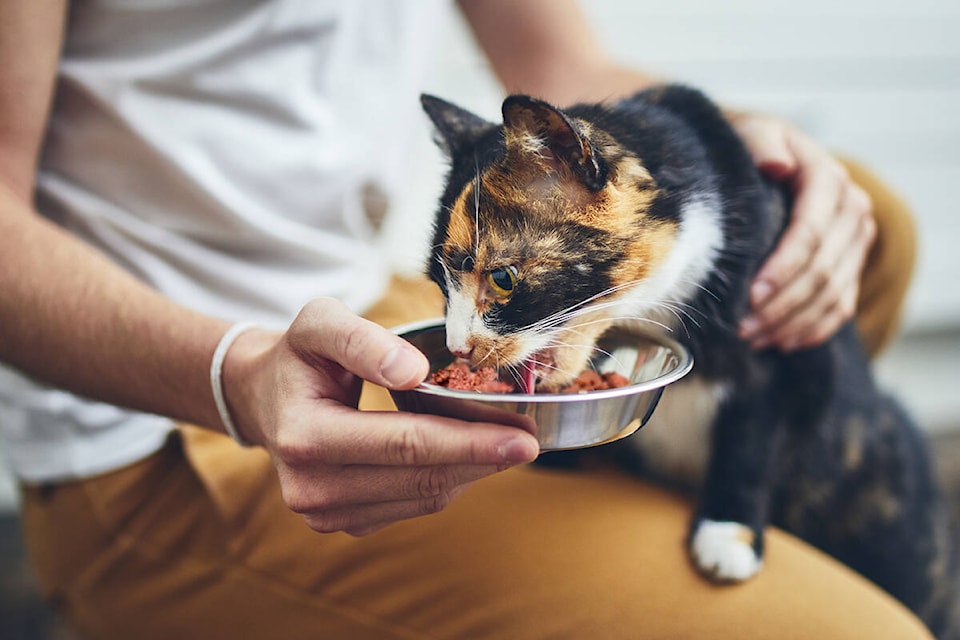Why raw?
Whether they live inside, outside, are a purebred or rescue, your cat has more in common with a big cat than you may realize. The only real difference between your tabby and a tiger is size. All cats are highly evolved meat-eating predators, and all cats are obligate carnivores. That means their digestive systems are in no way evolved to handle carbohydrates or plant material. Their nutrient and water requirements depend entirely on a meat-only diet.
Sharing our lives with small felines has not changed their basic nature or physiology. In truth, your feline companions are not domesticated, they are tame. Just like big cats, your cat has a strong hunting instinct. Chasing, stalking, ambushing and pouncing are all practice for the hunt. A diet filled with heavily processed food isn’t good for people, nor for our cats.
The benefits of raw
There are many changes you’ll notice when you switch your cat to a raw food diet. Some are more apparent, while others are not immediately obvious. Benefits include a healthier, shiner coat, decreased body odour, minimized or eliminated bad breath and cleaner teeth, smaller, less smelly, less frequent stools, improved energy levels and better weight control.
The cost of health
Contrary to popular opinion, did you know feeding your cat a raw food diet is less expensive on a per oz basis than feeding canned cat food? It is recommended that a 10lb cat eats 4oz of raw food per day. For most raw food brands that works out to be approximately $1.25 -$1.75 per day. Whereas, feeding 4oz of canned cat food could be as much as $5 per day. Raw food is not only a more nutritious option, but it helps keep money in your wallet.
Shop A Pet’s Life by phone, online, and in-store at 2019 Cadboro Bay Rd. Follow them on Facebook or Instagram for cute pets and product ideas!
